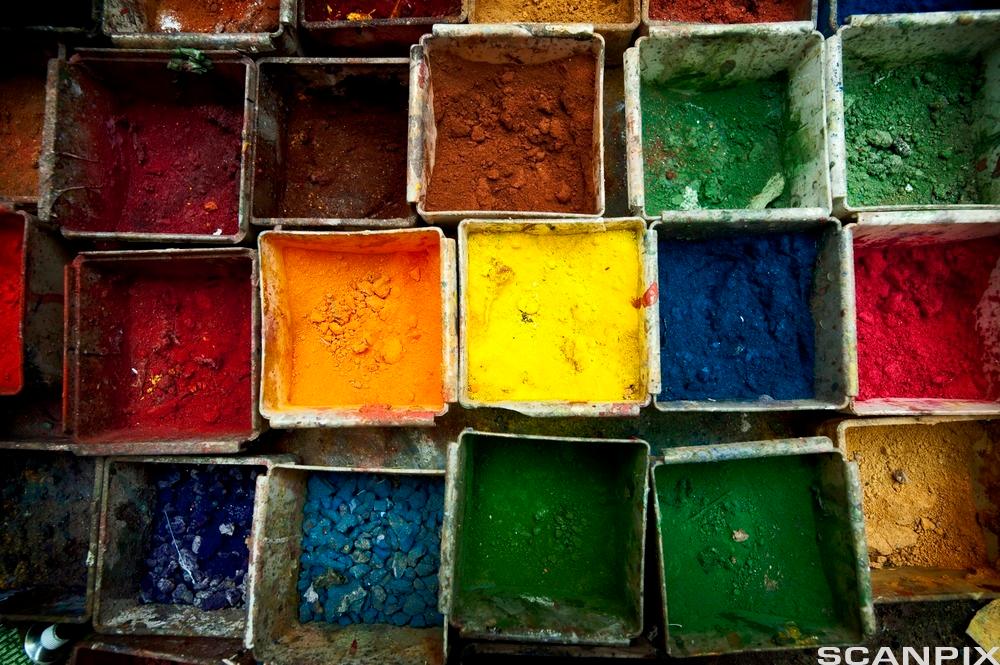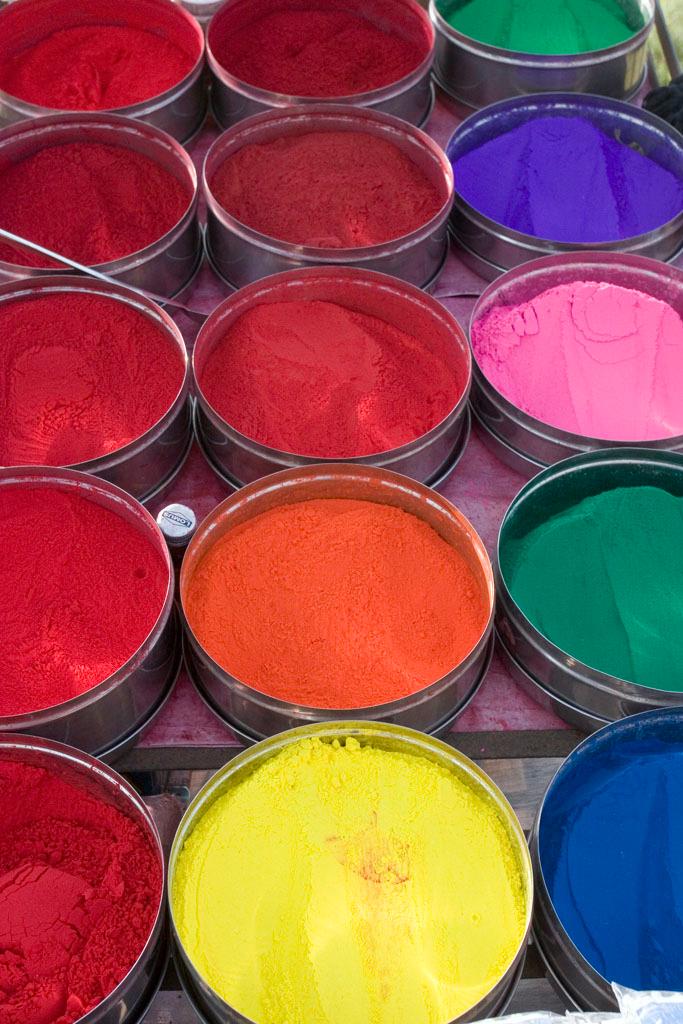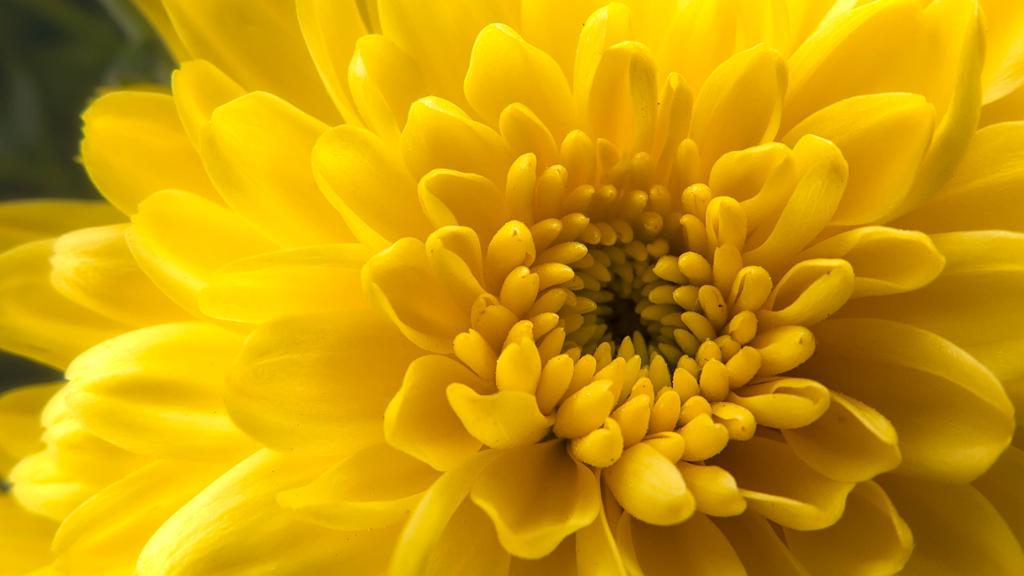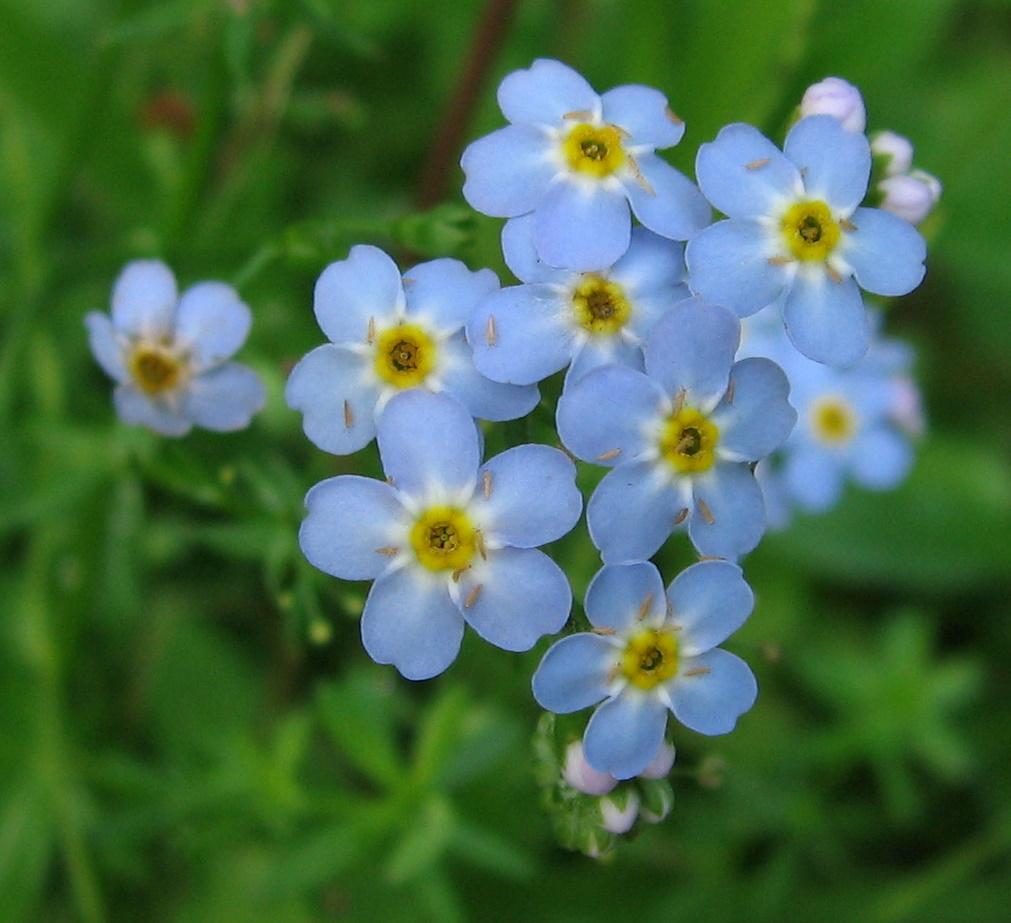Colours and What They Mean

The Meaning of colour

As every artist and advertising expert knows, colour has profound psychological effects on all of us. Some colours are cheering, humorous and active, while others are restful, serene and dignified. Which colours go well together? Which colours are harmonious?The answers to these questions are often a matter of personal opinion, as some people prefer one special colour to others. Another important factor is that some people, mostly men, are colour-blind. They may not distinguish blue or red from green. Of course the world will look different to them than to people who are more sensitive to variations in colour. We say that some people "have an eye for colour". They have a natural talent for combining and matching colours.
Red is a warm colour and is known as the colour of love. Red bursts with energy and life. The eye adjusts when it perceives the colour red, so red objects appear closer than they actually are. For this reason, traffic lights use red. Many football teams also display red in their club colours. People who wear red clothes exude self-confidence and bravery. Some people, however, associate red with blood, fire and danger. Such people would probably not choose to wear red!
Red is usually a warm colour, but when it is mixed with blue (to produce magenta) it becomes much colder. Crimson and purple are deep red colours with tinges of blue in them.

Yellow is definitely a summer colour, as it makes us think of the sun and often makes us light at heart. Some of our forefathers believed that yellow protected them from illness.Yellow is also an intellectual colour. People who wear yellow radiate optimism and self-confidence, and they give an impression of intelligence and spirituality. Walls painted with pale yellow have a soothing effect on us. Too much yellow, however, can cause stress.
Violet pertains to the higher mind and the spirit. In some Eastern cultures, "the seventh Chakra"*, the highest level of spiritual evolution, is related to violet. Violet is an introverted colour, and it usually indicates that the wearer prefers to be left alone in peace.
(* The Chakras are centres of energy. When you go through the seven Chakras programme, you unlock life energy and can fulfill your desires.)
Pink represents the purest expression of femininity. Pink is a sexy colour with its obvious resemblance to flesh. Many people use pink in the decor of their bedrooms. Unless pink is balanced by blue or green, the effect can be disturbing, as too much pink is physically weakening.
Orange can be a very passionate colour, but it can also look "cheap" in clothing. In many countries in the East, monks and priest wear orange garb.
Green stands at the centre of the spectrum and represents perfect balance. Green symbolises the harmony and balance in nature, and it has a soothing effect on us. Green feels restful to the eye, which explains why people feel peaceful and harmonious after a walk in the forest! People who wear green seem to be confident and understanding. They are "down to earth persons" who observe traditions, and they form good relationships with other people.

Black represents grief and severity. Judges dress in black, as do priests and nuns. Black is also perceived as being sophisticated and elegant, but only when worn by the right type of person (i.e.Winter personalities).
White is the colour of innocence and purity. This is the colour worn by brides and doctors. Many sports have adopted white as their colour, such as cricket, tennis, sailing and gymnastics. Many people like to wear white in the summer because it emphasises tanned skin by contrast.
Grey is the only colour which is completely neutral. It combines well with red as an elegant neutral, but usually grey has a negative and sobering influence on other colours. It often implies a lack of self-esteem and confidence in a person.
Comprehension
How much do you remember from the text?
Vocabulary
Here are some common idioms based on colours.
Find a Norwegian equivalent for each idiom.
Write sentences in English using the different idioms.
Or, as an extra challenge, write a coherent passage where you use as many of the idioms as possible. The passage may be about anything you like.
Discuss in pairs
What are the colours of the walls and the curtains in your classroom? What do you feel when looking at them? If you were given free hands to redecorate the room, what colours would you use?
- What is your favourite colour? (excluding black and white). How does the colour make you feel?
Which of these flowers do you prefer: forget-me-nots, roses, lilies or chrysanthemums? Why?
Presentation
If you were to redecorate your room, which colour(s) would you have on the walls, the curtains, your bedspread, your furnitures ... ? Make a drawing of your room and decide on the colour(s), then present your "new room" for a partner or for the class. Explain why you have chosen specific colours.
Research
Colours are often used as national symbols for a country. Use the internet and find out what the colours of the following flags represent: Ireland, South Africa, India, Finland, and Brazil.
What countries, other than Norway have red, white and blue in their flags? What do these colours often represent?
What are the colours of the political parties in Norway? Find out whether you think they have a specific meaning.
What are the colours of the Republican party and the Democratic Party in the US? Where do these parties stand on the political spectrum? Compare this to the colours of Norwegian parties. Why is this a bit confusing?